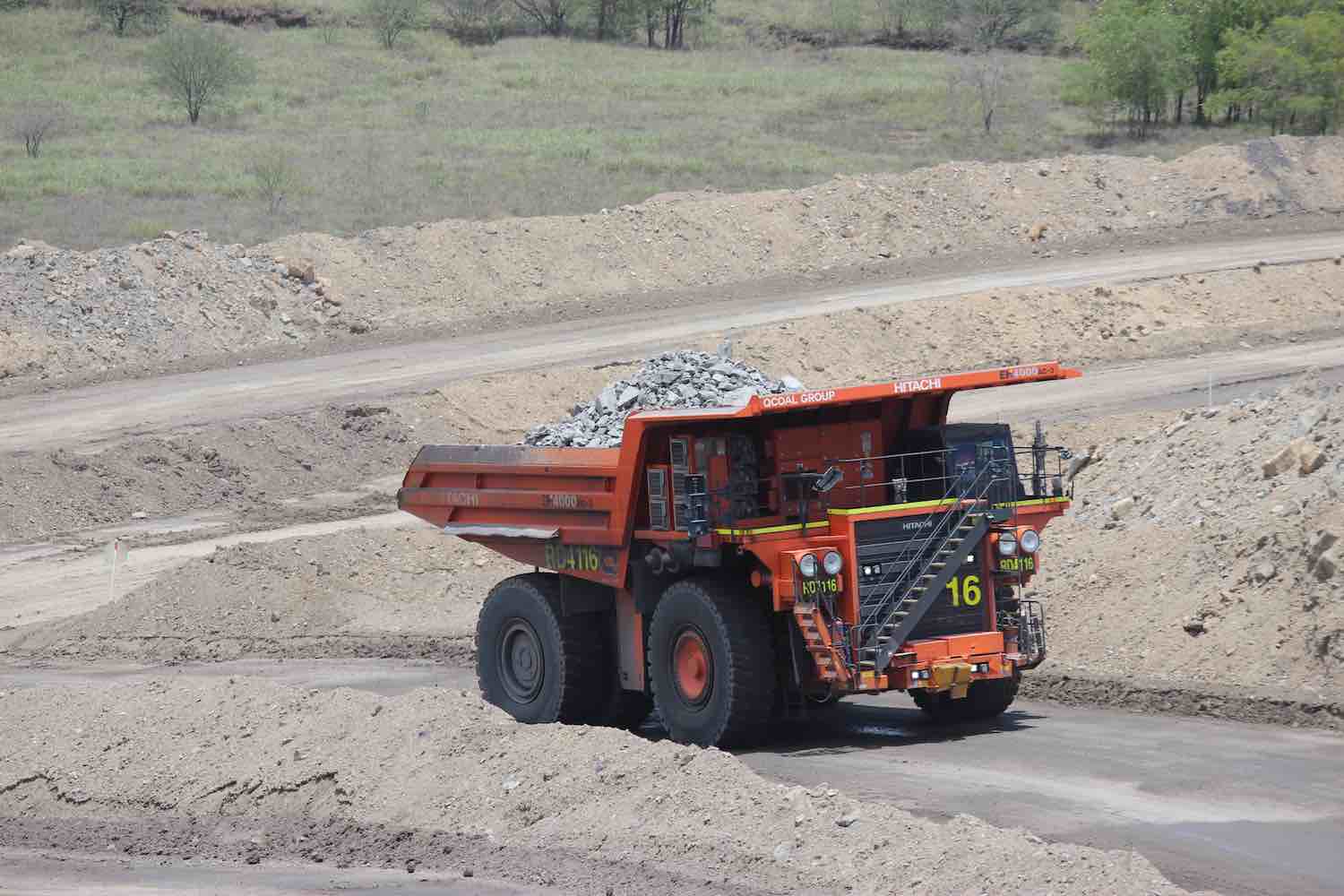
Mining is a crucial industry for the Australian economy, providing employment and contributing to the country’s GDP. However, mining operations also have the potential to have negative impacts on the environment and the health and safety of workers. One of the main concerns in the mining industry is the generation of airborne dust particles, which can have detrimental effects on the respiratory health of workers and the surrounding community. In Queensland, the mining industry is regulated by a number of federal and state agencies, including the Department of Health and the Department of the Environment and Energy, which have established standards for dust control. In this article, we will review the Queensland mines legislation and dust management, and discuss the measures that are in place to protect the health and safety of workers and the environment.
The Workplace Health and Safety Act 1995 and the Workplace Health and Safety Regulation 2011 outline the legal requirements for dust control in the mining industry in Queensland. The Act requires employers to provide a safe and healthy work environment for their employees, and the Regulation specifies the exposure limits for various substances, including dust. The Regulation specifies that the exposure limit for respirable dust (i.e. dust that can be inhaled into the respiratory system) in the mining industry is 3 mg/m3 over an 8-hour period. This means that the concentration of respirable dust in the air should not exceed 3 mg/m3 for an 8-hour shift. In addition to the exposure limit for respirable dust, the Regulation also specifies exposure limits for inhalable dust (i.e. dust that can be inhaled into the respiratory system, including the nose and mouth) and total dust (i.e. the total amount of dust present in the air). The exposure limit for inhalable dust is 10 mg/m3 over an 8-hour period, and the exposure limit for total dust is 15 mg/m3 over an 8-hour period.
Employers are required to monitor the levels of dust in the workplace and take steps to control dust if it exceeds the exposure limits. This can involve implementing dust control measures such as water spraying, dust suppression systems, and ventilation systems, as well as providing personal protective equipment to workers. In addition to the legal requirements for dust control, there are also industry guidelines and best practices that can help to reduce the risks associated with dust exposure in the mining industry. For example, the National Occupational Health and Safety Commission (NOHSC) has developed a Code of Practice for Managing Risks of Hazardous Chemical Exposure in the Workplace, which includes guidance on controlling dust exposure in the mining industry.
The Queensland Government also has the authority to issue dust control orders, which can require employers to take specific actions to control dust in the workplace. Dust control orders can be issued to address specific dust-related problems, such as excessive dust emissions or persistent dust nuisance to the surrounding community. The orders can require employers to implement specific dust control measures or to submit a dust management plan outlining how they will control dust in the workplace.
In addition to the regulatory requirements for dust control, the Department of the Environment and Energy is also responsible for regulating the environmental impacts of the mining industry in Queensland. The department has developed a number of guidelines and standards to help minimize the environmental impacts of mining operations, including standards for air quality. The department has established National Environment Protection Measures (NEPMs) for air quality, which set standards for a range of air pollutants, including particulate matter (PM10 and PM2.5).
The Queensland government has implemented several laws and regulations to protect workers from the hazards of dust exposure in the mining industry. These include:
Note: From 1 September 2020, the occupational exposure limits (OEL) for respirable dust and respirable crystalline silica (RCS) are 1.5mg/m3 and 0.05mg/m3 respectively.
Global Road Technology offers a range of dust management solutions to fulfill different needs for varied purposes, soil types, and weather conditions.
In addition, roads treated with a GRT solution require no grading, while many other dust management services still need attention three to four times a month.
The effects of GRT’s treatments last for months, and our products build on one another, meaning each new application lasts longer than its predecessor.
Our dust management is designed to provide highly durable haul, LV roads that are dust free.
Most importantly, GRT’s SMART Dosing Units include telemetry which acts as a data hub and allows for direct reporting, tracking, and control of dosing, with a user-friendly dashboard. This powerful data includes water consumption, water truck operational efficiency, water truck efficiencies, product levels, dosage rates and the overall working effectiveness of the supporting apparatus (incl. pumps and power units) used to provide dust suppression services
The result of this is a decreased monthly haul road expense with a bonus boost to efficiency and safety.
Aside from specialised products for driving surfaces, Global Road Technology offers products for dust suppression on piled loose materials at construction and demolition sites, mines, quarries and materials in transport.
These specialised products can coat particles of piled materials without changing their properties.
Like to know more? Reach out to our team today!
Your feedback is important to us.
Your feedback is important to us. If you enjoyed reading this Global Road Technology industry update and found it informative, please let us know by leaving a REVIEW.
Are environmental regulations, health and safety concerns or potential profit loss a concern right now?
Contact Us Now